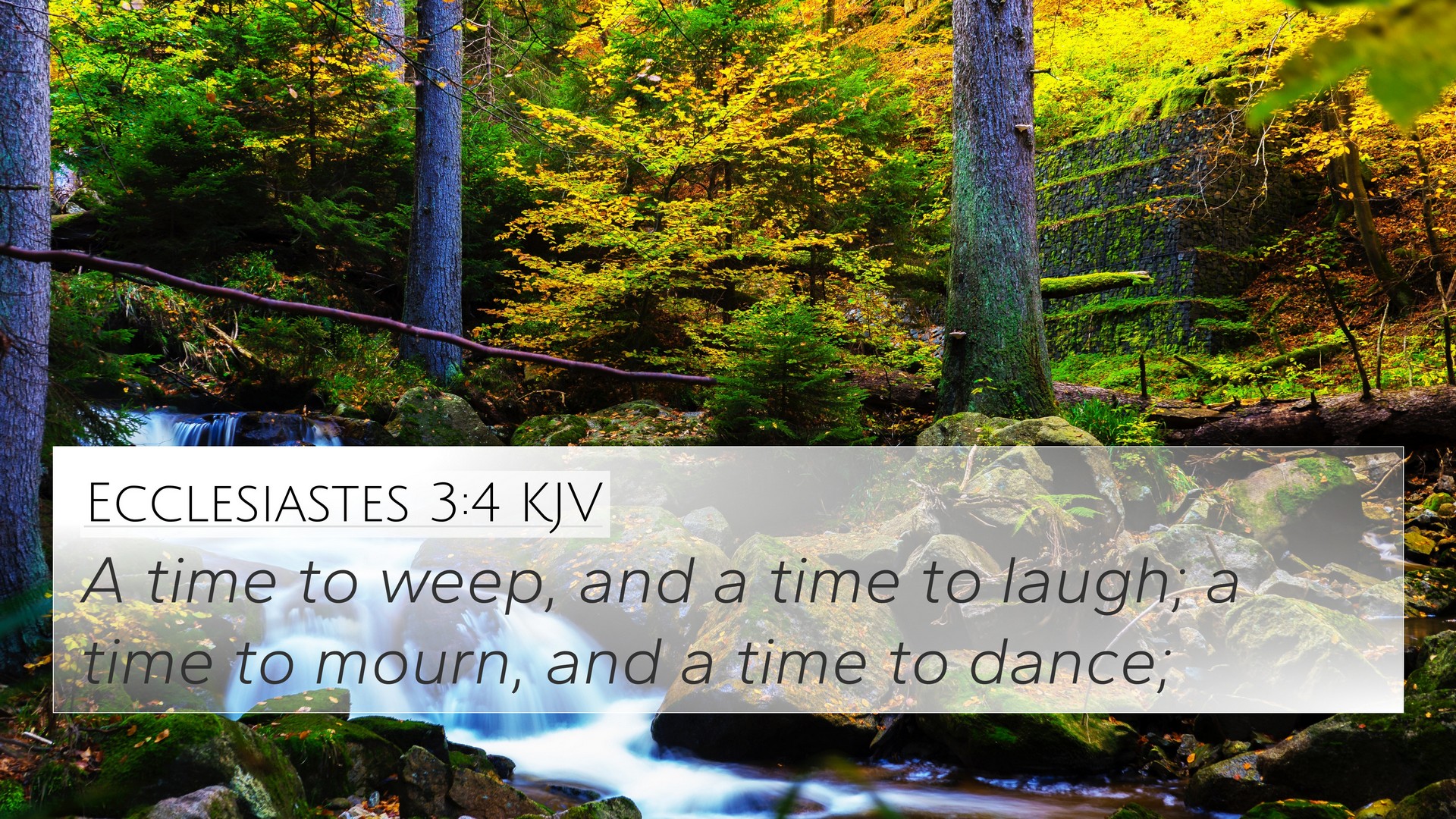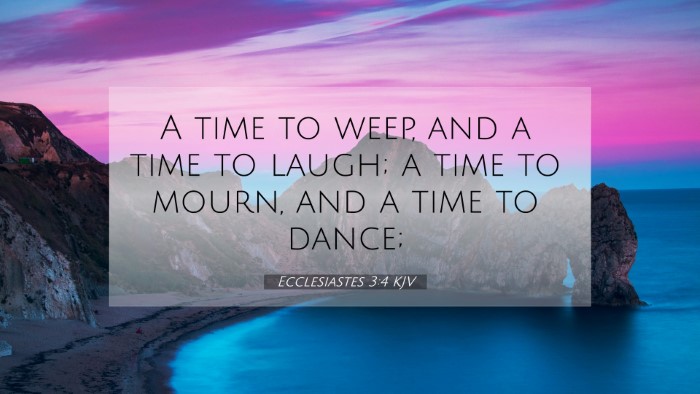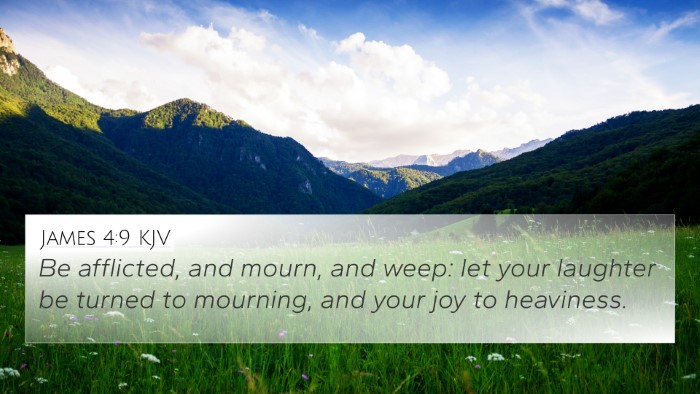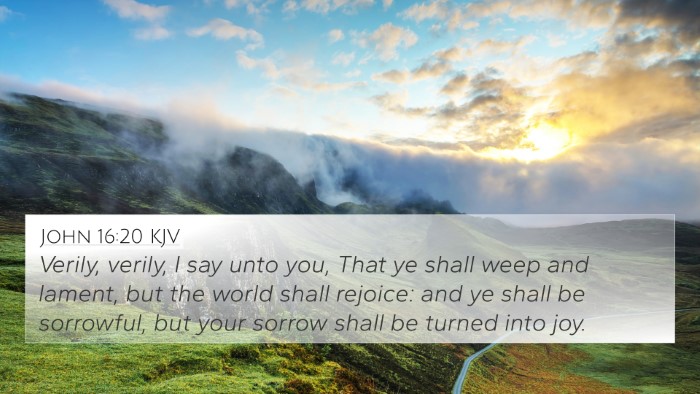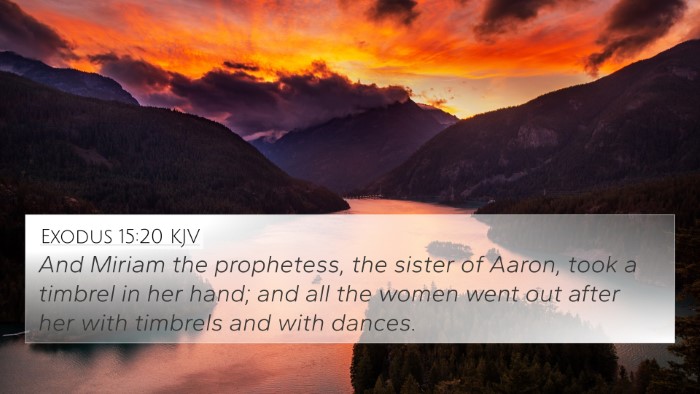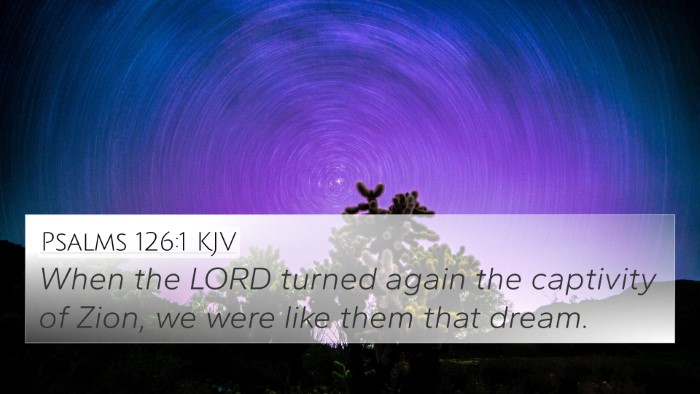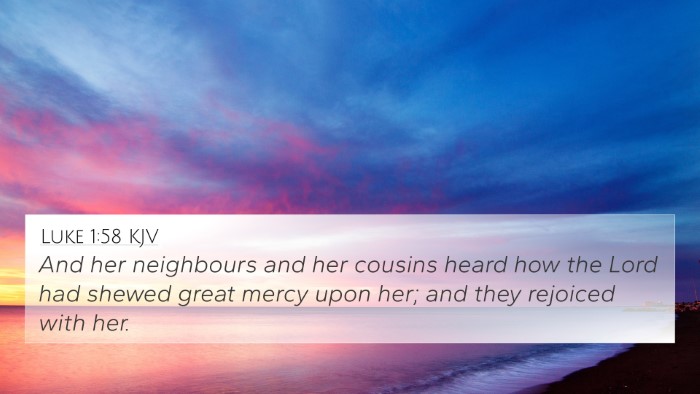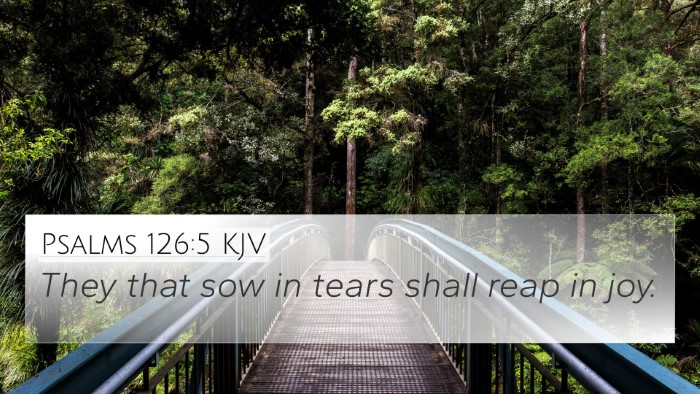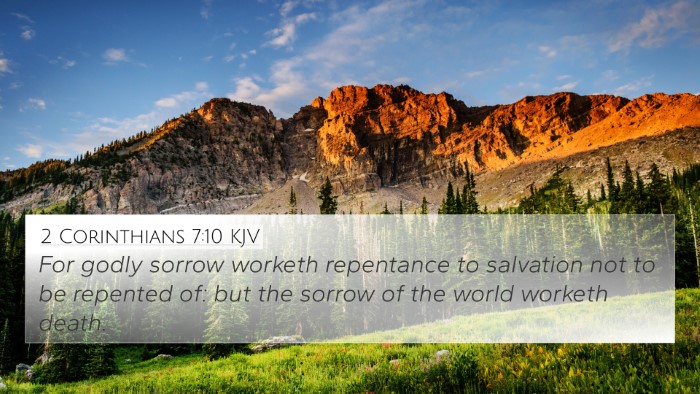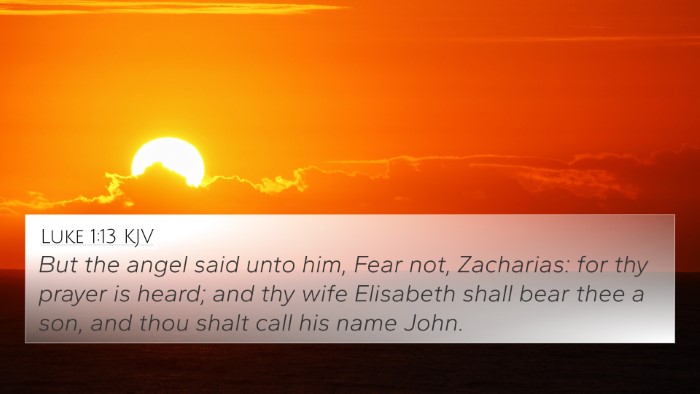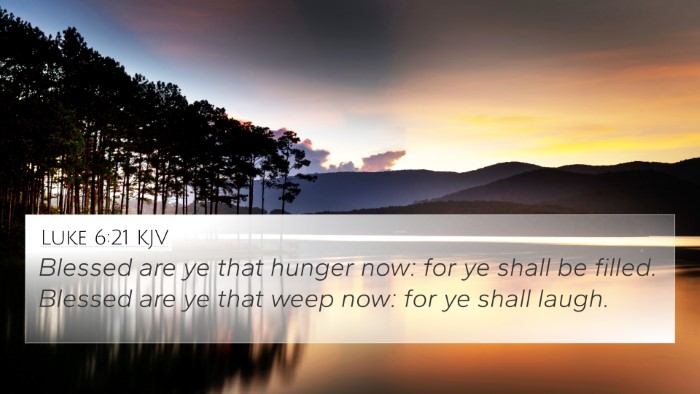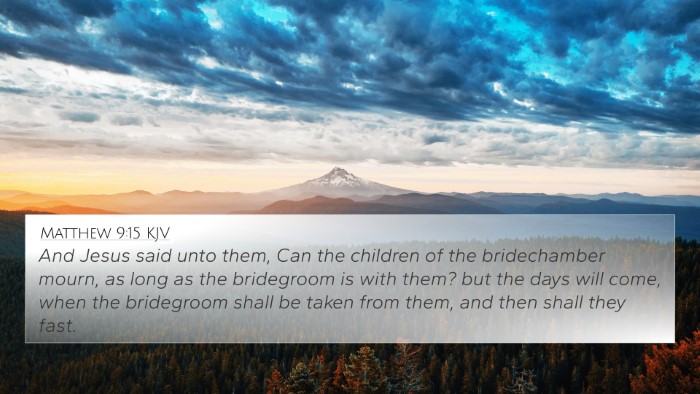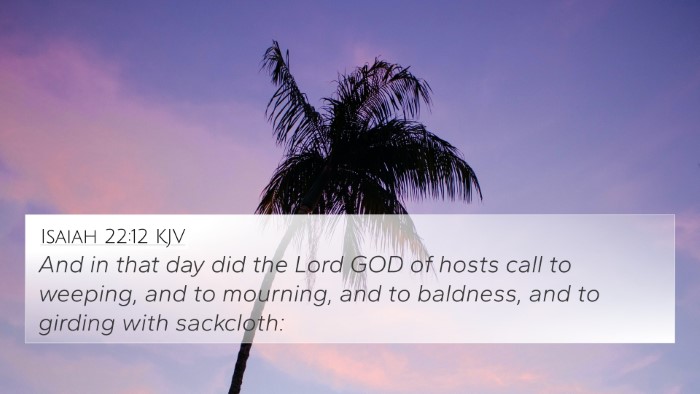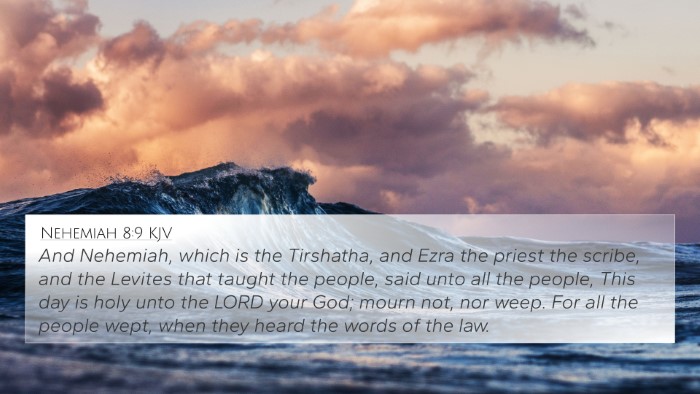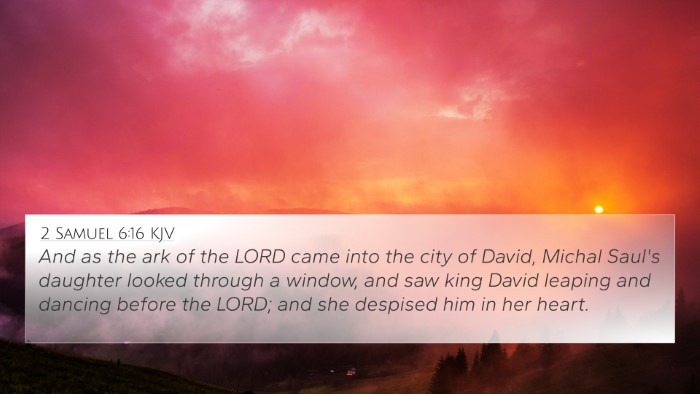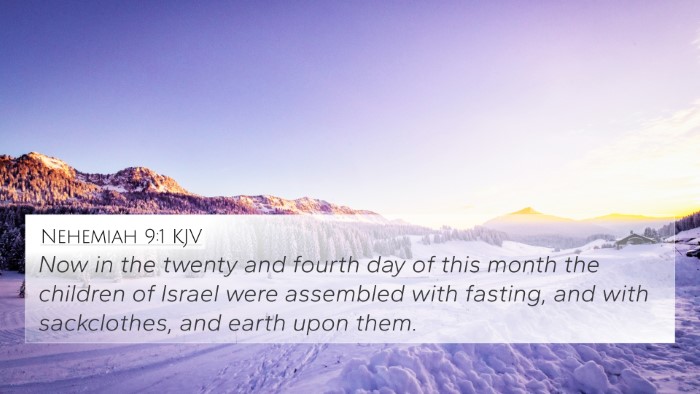Ecclesiastes 3:4 - Summary and Interpretation
Bible Verse: Ecclesiastes 3:4 - "A time to weep, and a time to laugh; a time to mourn, and a time to dance."
This verse encapsulates the cyclical nature of human experiences, emphasizing that both joy and sorrow are part of God's design for human life. The passage invites readers to reflect on the seasons of life, showing that every emotion has its place and time.
Meaning and Insights
The verse can be unraveled through insights drawn from various commentaries:
-
Matthew Henry:
Henry explains that the verse highlights the duality of human emotions and experiences. He points out that just as there are appointed times for laughter and mourning, we must recognize the divine timing in our lives. Life is marked by contrasts, where joy and grief coexist, reflecting the human condition.
-
Albert Barnes:
Barnes elaborates on the spiritual aspect of this verse, asserting that each emotion serves a purpose in the believer's life. The contrasting times, such as mourning and dancing, may signify our journey towards understanding God's will and the inevitable return to joy that His presence brings.
-
Adam Clarke:
Clarke brings out a theological perspective, suggesting that the verse signifies God's control over time. Each season of life is ordained by Him, and it is crucial to embrace both joy and sorrow as divine teachings that foster spiritual growth and maturity.
Bible Verse Cross-References
Understanding Ecclesiastes 3:4 can be enriched by considering related Bible verses that discuss similar themes of time, emotion, and God's purpose:
- Psalm 30:5: "For his anger endureth but a moment; in his favor is life: weeping may endure for a night, but joy cometh in the morning." - This verse echoes the transient nature of sorrow followed by joy.
- Isaiah 61:3: "To appoint unto them that mourn in Zion, to give unto them beauty for ashes, the oil of joy for mourning, the garment of praise for the spirit of heaviness..." - Focuses on the divine exchange of mourning for joy.
- Luke 6:21: "Blessed are ye that hunger now: for ye shall be filled. Blessed are ye that weep now: for ye shall laugh." - Emphasizes the promise of future joy after current sorrows.
- 2 Corinthians 6:10: "As sorrowful, yet always rejoicing; as poor, yet making many rich; as having nothing, and yet possessing all things." - Highlights the coexistence of sorrow and joy in the Christian life.
- Romans 12:15: "Rejoice with them that do rejoice, and weep with them that weep." - Suggests the importance of empathy and shared human experience.
- John 16:21: "A woman when she is in travail hath sorrow, because her hour is come: but as soon as she is delivered of the child, she remembereth no more the anguish, for joy that a man is born into the world." - Reflects the transition from pain to joy, much like the themes in Ecclesiastes 3:4.
- 1 Thessalonians 5:16-18: "Rejoice evermore. Pray without ceasing. In everything give thanks: for this is the will of God in Christ Jesus concerning you." - Encourages continual rejoicing amidst trials.
Thematic Connections
The themes in Ecclesiastes 3:4 resonate throughout Scripture, reminding believers that life's emotional landscapes are integral to spiritual fulfillment. Here are some thematic connections:
-
Seasons of Life:
The Bible frequently speaks of appointed times (e.g., Ecclesiastes 3:1) highlighting that life presents various phases that are all necessary for growth.
-
Duality of Nature:
Many scriptures discuss the dual nature of experiences—pain and pleasure, grief and joy—in contexts that promote resilience and hope.
-
Divine Sovereignty:
Understanding that God orchestrates our emotional responses allows individuals to navigate their experiences with faith.
Cross-Referencing Bible Study Methods
To delve deeper into Ecclesiastes 3:4, consider using the following tools for cross-referencing:
- Bible concordance
- Bible cross-reference guide
- Cross-reference Bible study methods
Conclusion
Ecclesiastes 3:4 serves as a poignant reminder of the complexity of human emotion and the expectation of varied experiences in life. By examining this verse through the insights of respected biblical commentators and cross-referencing related scriptures, one can gain a more comprehensive understanding of how joy and sorrow interplay within the divine narrative.
